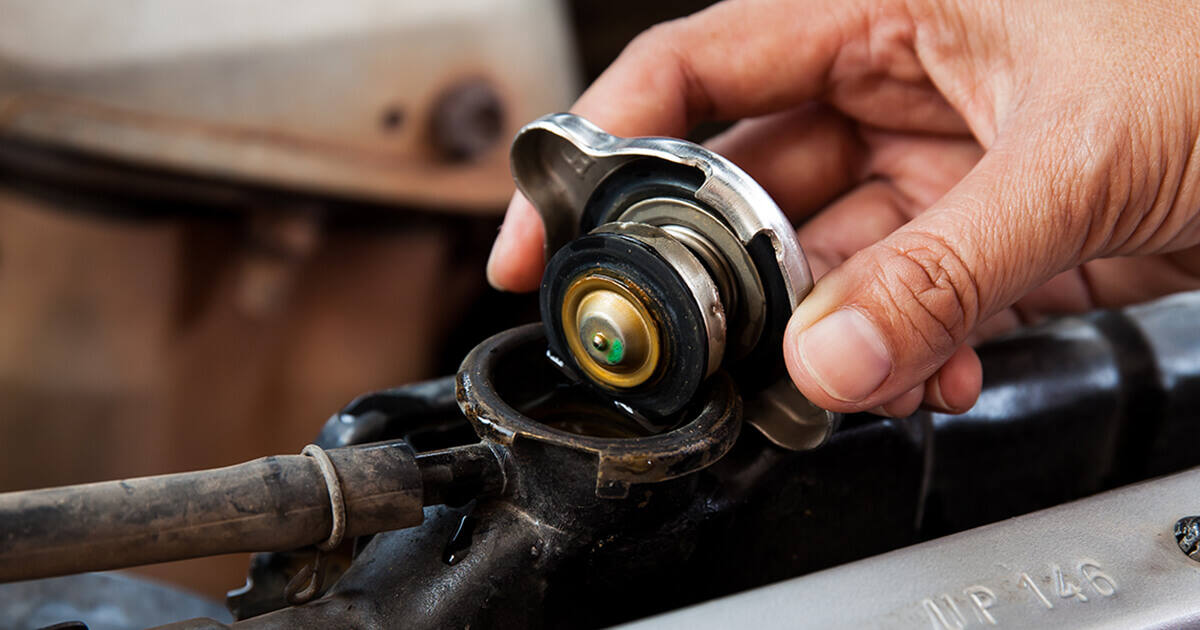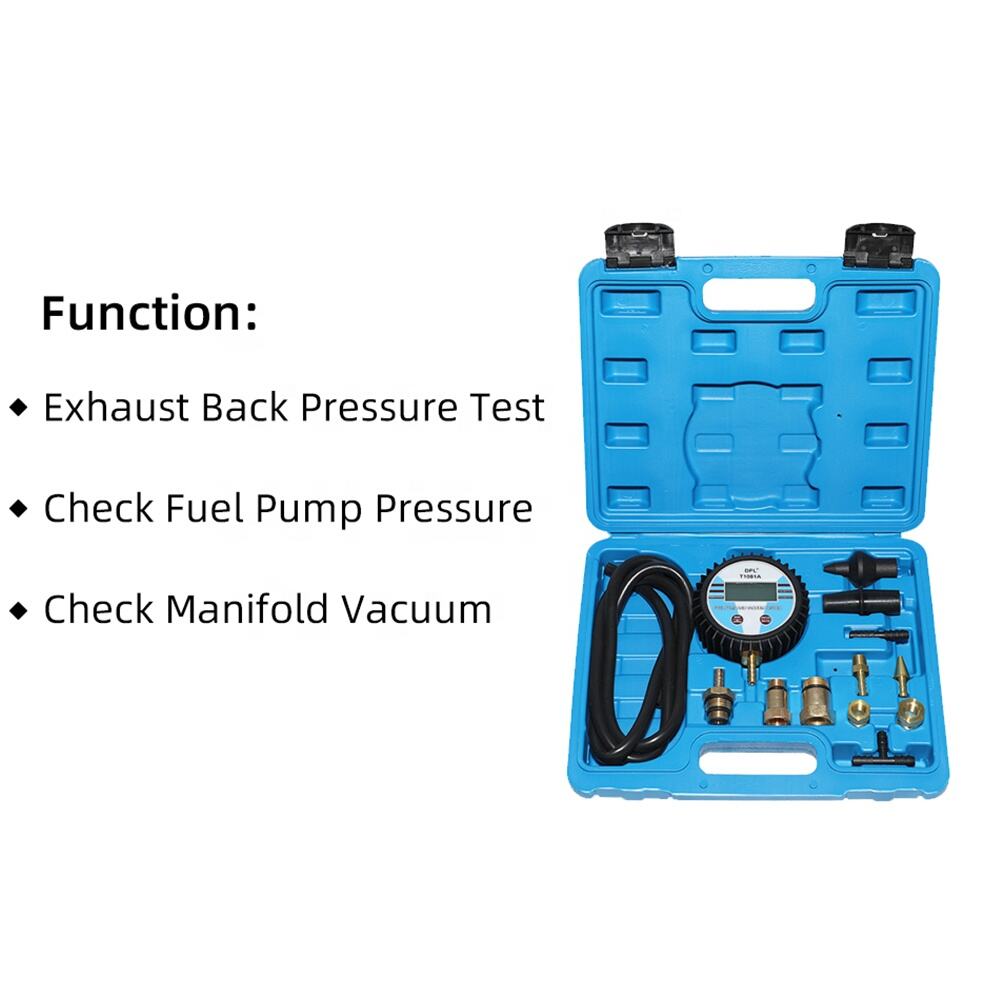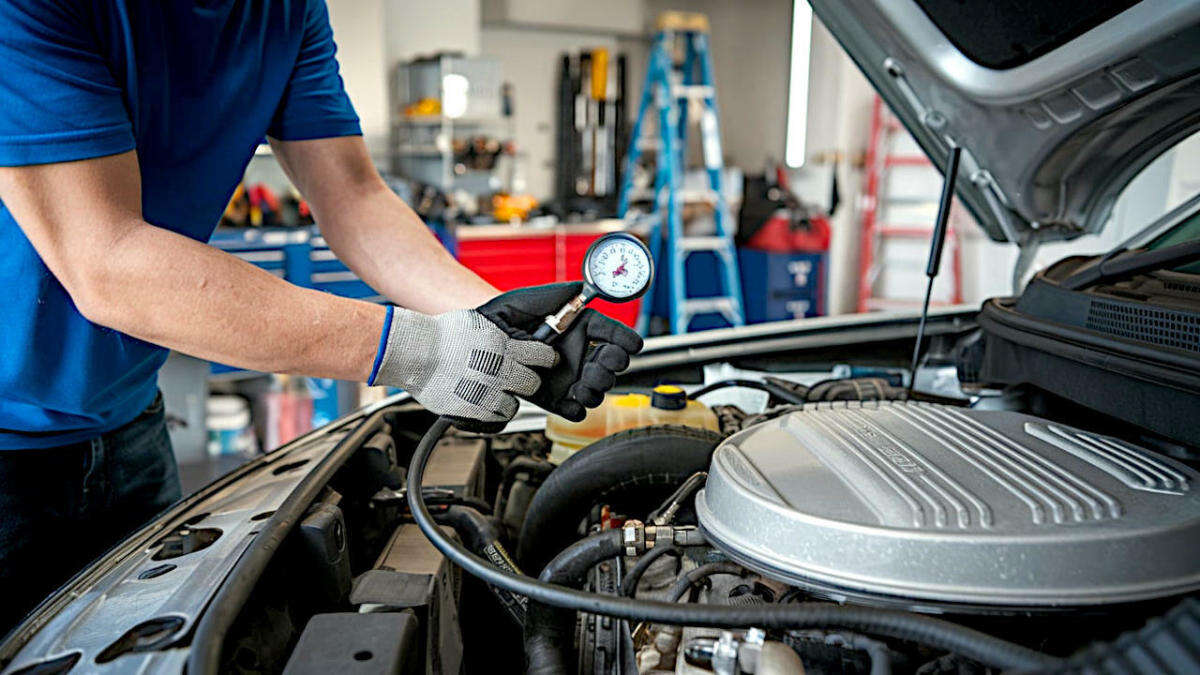Radiators are the frontline defense against engine overheating, but even minor leaks can lead to coolant loss, air pockets, and catastrophic engine failure. Traditional leak detection methods—like visual inspections or guesswork—often miss hairline cracks or porous welds. HTL’s digital pressure test kits revolutionize diagnostics by pinpointing leaks with precision, validating repairs, and ensuring your cooling system operates flawlessly.
Coolant leaks often start small but escalate quickly under pressure. Common culprits include:
Micro-cracks in plastic tanks: Caused by thermal stress or UV degradation.
Corroded aluminum cores: Pitting from acidic coolant or road salt.
Faulty seals: Degraded O-rings or gaskets at hose connections.
Consequences of Undetected Leaks:
Overheating: Reduced coolant volume lowers heat dissipation.
Air ingestion: Air pockets disrupt coolant flow, creating hot spots.
Contaminated oil: Coolant mixing with oil forms sludge, damaging bearings.

HTL’s tools replace guesswork with data-driven diagnostics:
Adjustable pressure range: 0–30 psi (2 bar) with ±0.1 psi accuracy.
Digital pressure decay monitoring: Detects leaks as small as 0.05 psi/minute.
Thermal imaging integration: Optional IR camera attachment locates evaporative leaks.
Automated reporting: Generates PDF reports for customer transparency.

1. Prepare the Cooling System
Allow the engine to cool completely.
Drain coolant to 50% capacity (previons over-pressurization).
2. Connect the Pressure Tester
Attach HTL’s adapter to the radiator fill neck or overflow tank.
Seal all openings (e.g., cap ports, hoses) to isolate the system.
3. Pressurize and Monitor
Pump to the radiator’s rated pressure (typically 15–18 psi).
Observe the digital display for pressure decay over 10–15 minutes.
4. Locate Leaks
Spray soapy water on suspected areas; bubbles indicate leaks.
Use HTL’s thermal camera to detect coolant evaporation hotspots.
5. Validate Repairs
After fixing leaks (e.g., epoxy sealing, tank replacement), retest to confirm pressure stability.

| Factor | Visual/Manual Testing | HTL Digital Testing |
|---|---|---|
| Leak Detection Sensitivity | Misses leaks <0.5 psi loss | Detects leaks ≥0.05 psi loss |
| Test Time | 30+ minutes (hit-or-miss) | 10–15 minutes (automated monitoring) |
| Accuracy | Low (human error) | High (sensor precision) |
| Documentation | None | Digital reports with timestamps |
Testing a hot system: Expands coolant, skewing pressure readings.
Ignoring cap testing: Faulty radiator caps cause false pressure loss.
Over-pressurizing: Exceeding 30 psi risks damaging plastic components.
Prevent comebacks: Confirm repairs before refilling coolant.
Upsell services: Identify aging hoses, weak caps, or failing water pumps.
Boost efficiency: Diagnose leaks 3x faster than traditional methods.
Hidden radiator leaks are silent killers. With HTL’s digital pressure kits, shops can detect, locate, and validate repairs with lab-grade accuracy—keeping engines cool and customers loyal.
Upgrade your diagnostics with HTL’s pressure testing solutions. [Request a Demo] or download our cooling system checklist today!
Q: Can HTL’s tester check the entire cooling system?
A: Yes—test radiators, hoses, heaters, and caps in one setup.
Q: How often should radiators be tested?
A: Annually or after collisions/overheating events.
Q: Does the kit work with EV battery coolers?
A: Yes—HTL offers adapters for high-voltage systems.
With HTL’s tools, every pressure test becomes a promise of reliability. 🚗🔧💧
